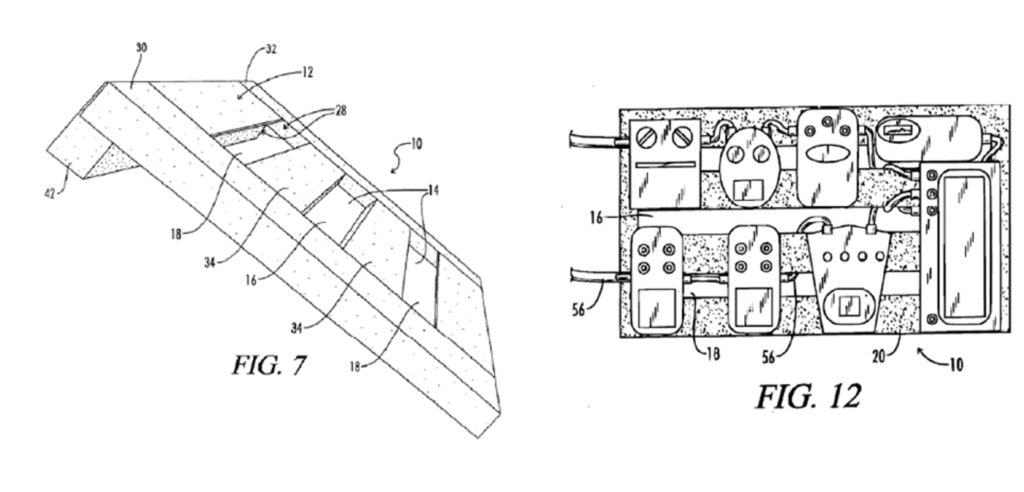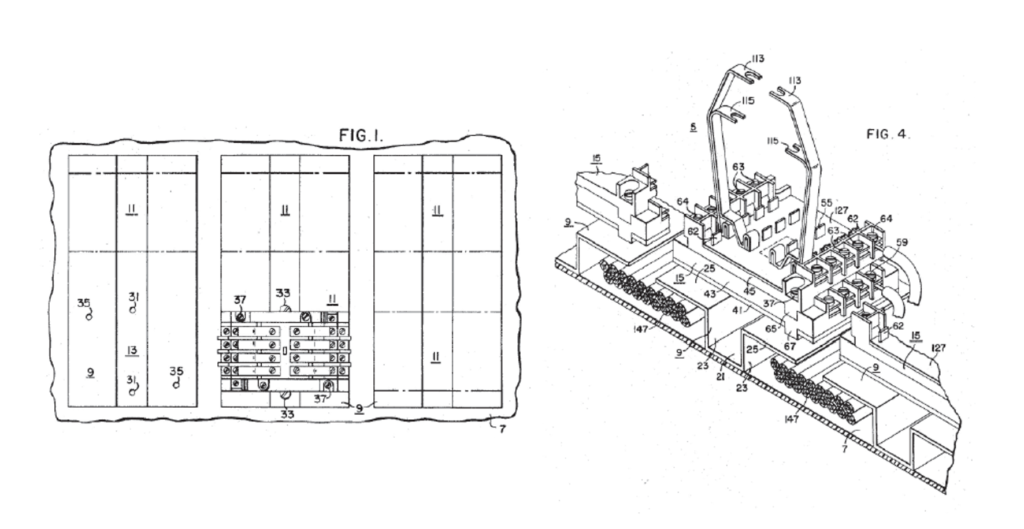In a “somewhat unusual” trademark case involving directly competing products and marks using the same words, the US Court of Appeals for the Second Circuit reversed in part and affirmed in part the grant of summary judgment for the accused infringer on trademark infringement and dilution claims. The Court found that the similarity of the marks and bad faith on part of the accused infringer weighed in favor of finding infringement. Car Freshner Corp. v. American Covers, LLC, Case No. 19-2750 (2d Cir. Nov. 19, 2020) (Newman, J.)
Car Freshner and American Covers both sell car air freshener products. Car Freshner filed a lawsuit against American Covers alleging that Car Freshner’s trademark “Black Ice” was infringed and diluted by American Covers’ sale of air freshener products using the words “Midnight Black Ice Storm.” The district court rejected Car Freshner’s trademark infringement claim, concluding that “Midnight Black Ice Storm” was not similar enough to “Black Ice” to create a likelihood of confusion about the source of the products. The district court also rejected Car Freshner’s trademark dilution claim, concluding that the marks in question were not sufficiently famous. Car Freshner appealed.
On appeal, the Second Circuit reversed the district court’s entry of judgment for American Covers on the trademark infringement claim. Reviewing the trademark infringement claim using the eight Polaroid factors, the Court noted the lack of guidance regarding how much weight to accord each of the factors. Despite this lack of guidance, the Court was particularly persuaded by two of the Polaroid factors: the similarity of the marks, and bad faith on the part of the accused infringer. As to the similarity of the marks factor, the Court noted that “[i]t is extremely unusual for the mark of a junior user to include two identical words of a senior user’s mark in sequence[,]” particularly when both users are competitors in the same market. Despite the differences in packaging between the two products, the Court found that the similarity of the marks weighed heavily in favor of a finding of trademark infringement. As to the bad faith factor, the Court found that emails produced by American Covers, which revealed that its employees specifically chose product names meant to encourage customers to form a connection between American Covers’ products and Car Freshner’s products, were “explicit evidence of bad faith” on the part of American Covers.
As to the dilution claim, the Second Circuit affirmed the district court’s summary judgment finding, concluding that there was no evidence that either of the marks in question was famous.
Practice Note: Although courts have not provided guidance on how to weigh the Polaroid factors in trademark cases, this case demonstrates that two of the factors (similarity of the marks and bad faith on the part of the accused infringer) can be especially persuasive, particularly when the evidence for these factors is strong.
read more

 Subscribe
Subscribe




